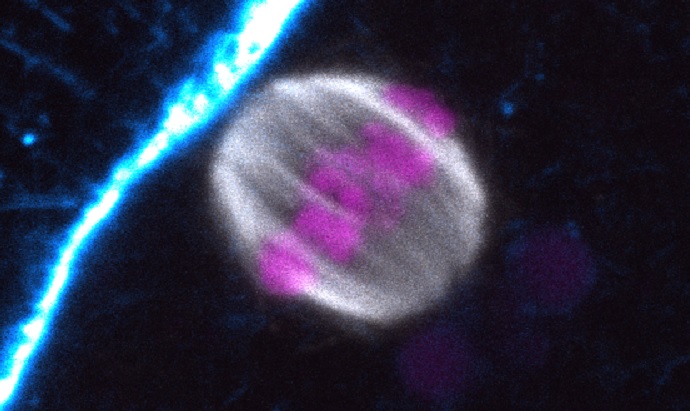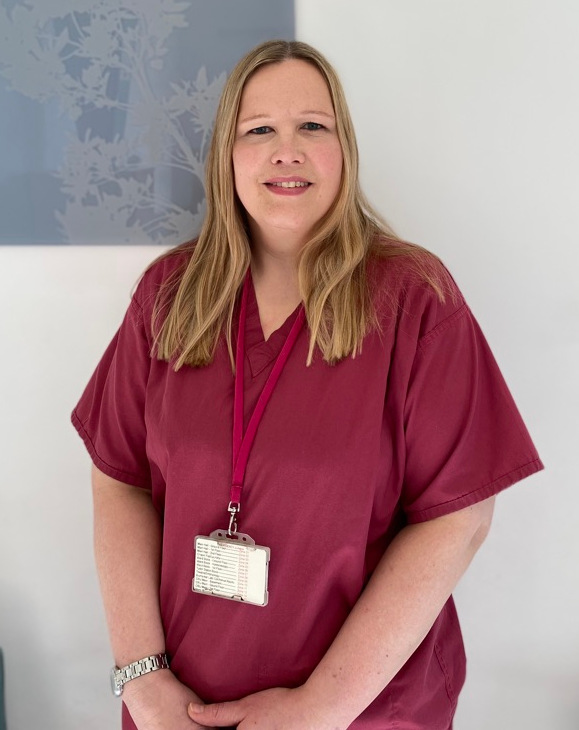Fertility declines with age, and more rapidly for women over the age of 35, so it makes sense to seek advice early on to see what your options are. The AMH blood test provides a simple way to check ovulation and egg reserve.
Check ovulation and your egg reserve
Anti-Müllerian Hormone (AMH) is produced by the ovaries and can be used to assess ovarian (egg) reserve and therefore fertility. A lower level of AMH is typically found in older women (particularly over the age of 40) where the egg reserve is declining. A higher level may indicate Polycystic Ovary Syndrome (PCOS), which can affect ovulation. If IVF is required then the AMH level can also be used to tailor the dose of fertility medications.
Leona Crookston, Lead Fertility Nurse at Bourn Hall Cambridge, explains: “The AMH test is basically looking at the ovarian reserve, which gives us an indication of a patient’s fertility. With this we can see if treatment is something they need to look at soon, if they have the time to think about it, or to try for longer naturally.”

Low AMH in your early 30s is not good
“The ones we want to catch are those in their early 30s with a low AMH. We would do further tests such as FSH (follicle stimulating hormone) because these are women who don’t know they may be about to go through the menopause, and if they are going to have treatment, they need to do it sooner rather than later.
“If they don’t have a partner, then egg freezing to preserve their fertility may be an option.”
Very high AMH may indicate ovulation issues
“On the flip side,” Leona continues, “if they have a very high AMH there is a good chance they have polycystic ovaries, and we will do a scan to confirm this.
“If an ovary in a scan looks like a bunch of grapes with lots and lots of little tiny follicles, but the patient has no other symptoms – which include facial hair, acne, irregular periods – then we would say that there is an ‘appearance’ of polycystic ovaries. These women may have regular cycles, and can often have slightly longer cycles of perhaps every 35 to 45 days, but they don’t necessarily have the ‘syndrome’ itself.
“A diagnosis of Polycystic Ovary Syndrome is when the person has other symptoms, which may include infrequent heavy periods. This is because the eggs are trapped in the follicles – the bumps on the ovary – and one is not being released each month. The lining of the womb still thickens each month, which causes the period, but there is no ovulation.

“PCOS is difficult to diagnose as it affects women in different ways, but it can be treated by improving ovulation. A proper diagnosis does provide options.”
Where the infertility is caused by a failure to ovulate, it can be treated with Ovulation Induction, where the ovaries are stimulated and carefully monitored. Natural intercourse can then be timed to coincide with the release of one mature egg, which increases the chance of conception. This low-cost treatment has a good success rate where there are no other factors contributing to the infertility.
Male infertility still a shock for many
“I find it interesting that most of the time the women think it is something affecting them,” says Leona. “When I say to them ‘just remember your partner needs to be tested as well’ that can often be an issue.
“They are just not expecting that at all. People are still surprised when there is a male factor.
“I saw a couple recently where a semen analysis revealed the man was azoospermic, which means he didn’t have any sperm. It turned out that he had previously had an operation and hadn’t been told about the risk to fertility. I was sure that’s something you’re told about prior to having that particular operation, but he had no idea.”







